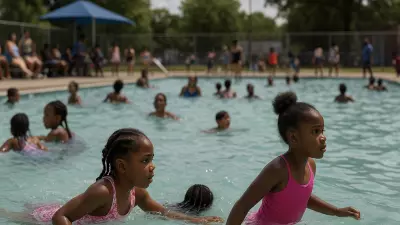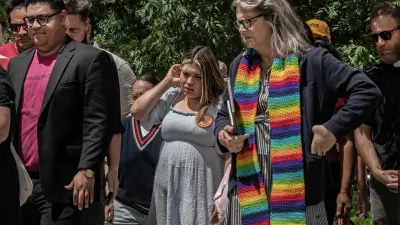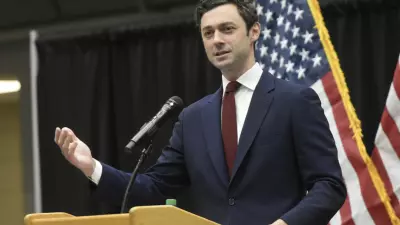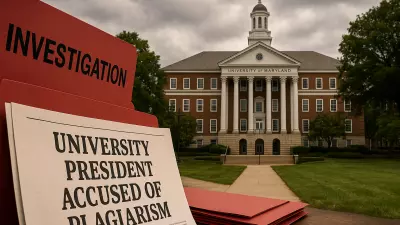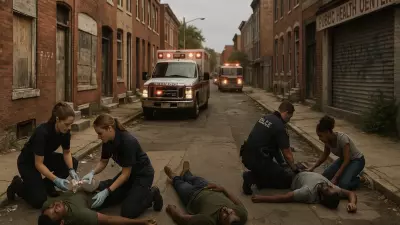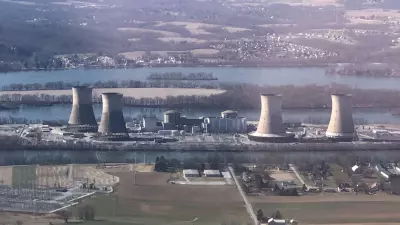A legacy of segregation, the area remains one of the few left in America to not have publicly funded areas to swim.

In the sprawling suburbs of Baltimore County where nearly 850,000 residents live, swimming pools are ubiquitous, yet none are publicly funded.
With the exception of a planned splash park in Owings Mills, the county offers no public pools, in stark contrast to its urban neighbor, Baltimore City, which has invested millions in free aquatic centers.
The fate of public pools in Baltimore County has deep roots in the era of forced desegregation, the Baltimore Banner.
The county, and particularly the posh suburb of Towson, has recently been under scrutiny for racist language in housing deeds and a refusal to fund affordable housing.
As federal courts mandated integration in the mid-20th century, many suburban jurisdictions including Baltimore County opted to eliminate public pools altogether instead of welcoming Black swimmers.
This strategy mirrored national trends in which municipalities defunded or sealed off their pools rather than integrate them, the Banner reports.
That meant that membership-based facilities at country clubs, gyms, and apartment complexes proliferated, often with steep entry fees.
For decades it has been possible to swim in the county, so long as one could pay.
Meanwhile, the absence of accessible public pools has had a ripple effect.
It has limited Black residents’ access to water safety, recreational swim instruction, and even livelihood opportunities that rely on swimming proficiency.
Scholars note that disparities in swimming ability have dangerous consequences.
The Centers for Disease Control and Prevention reports that Black children drown at significantly higher rates than their white peers.
Without public pools, parents are less likely to teach their children to swim and their access to swimming-related careers limited.
The county’s failure to establish public aquatic amenities runs counter to its stated, broader recreation agenda. County recreation departments have prioritized facilities such as ball fields, trails, gymnasiums, and pickleball courts.
These are usually the amenities that align with the interests of volunteer planning councils, many of whose members already enjoy private pool access.
When questioned why public pools haven’t been built, county officials have pointed to limited demand and lack of operational experience, citing instead arrangements with local YMCAs and beach permits as alternative options.
These workarounds, however, have not addressed the underlying equity gap.
The county’s YMCA facilities charge fees, even when subsidized by county backing. Beaches, while publicly accessible, require transportation that may be unavailable to many residents.
The absence of free, centrally located pools leaves many without meaningful water access, which in turn impedes equitable swimming education and undermines public safety.
Efforts to redress the disparity have emerged from various voices, including civic leaders and local politicians.
Some have advocated building a public pool on county-owned land donated near the former Bethlehem Steel property. But these initiatives have stumbled without political momentum or funding.
Others have suggested expanding YMCA partnerships or retrofitting existing recreation centers, ideas that so far have failed to gain traction.
Public health advocates say that pools are more than recreational conveniences, they are public health infrastructure.
Accessible aquatic facilities support youth development, water safety, physical fitness, and community well-being.
Without them, Baltimore County remains one of the few major U.S. counties without public pools. That is a distinction that raises uncomfortable questions about the enduring impact of suburban segregation on public amenities.
The posh Baltimore County suburb of Towson is well-known as the hometown of accused killer Luigi Mangione.

